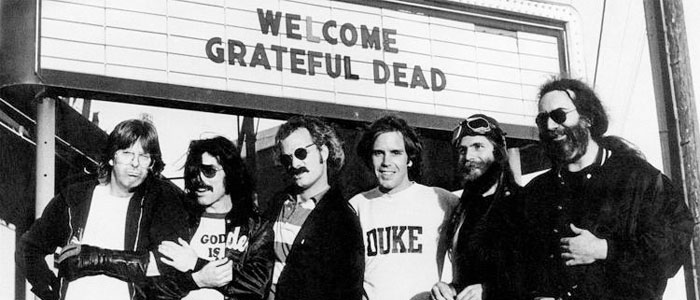The Grateful Dead’s Mickey Hart On Painting The Universal Vibration
Reprinted from fastcocreate.com
Mickey Hart has synesthesia, an uncommon crossing-wiring of senses that enables him to see colors when he hears sounds.
So it was only a matter of time before the Grammy Award-winning Grateful Dead percussionist began to combine the sonic and visual arts. For inspiration, he began manipulating NASA recordings of deep-space radiation, running their atonal hissing and popping sounds through his computer to translate them into musical tones. That and other music, combined with his own drumming and tapping on the canvas, inform his emotional intent and the movement, layering, and sheen of the paints.
“When I’m painting, I listen to that and trying to interpret it as art,” he says. “It’s not an absolute, literal interpretation, because you wouldn’t need me for that. I vibrate the paintings into existence. I use the painting itself as the percussion instrument. I’ll vibrate [the canvas] with my drum, pat on it, drum on the sides to bring out the many layers and iridescence. The nature of the rhythm is what does the special thing to the canvas.”
The Owl (on Drumhead)
Hart expected his painting to remain a hobby, until he was offered an art tour. His first exhibition of this sonic and visual exploration is currently on view at Wentworth Gallery in Short Hills, NJ, culminating in an appearance by Hart on Saturday. From there, the tour moves to Washington, D.C., Atlanta, Philadelphia, and Miami.
“I never thought about an exhibit; I just rotated these things around my house. Then someone made me an offer I couldn’t refuse,” he laughs. “I just hope people enjoy them and get something out of it.”
Hart’s foray into art began when he was researching the history of percussion for two books he wrote in the ’90s, Drumming at the Edge of Magic and Planet Drum.
“Drumming dates back to the Neolithic and Paleolithic eras, where the women were the first drummers,” says Hart, who is on the board of Smithsonian Folkways, the Smithsonian’s nonprofit record label. “So then I wondered, ‘How did they get it?’ A friend of mine is George Smoot, who won the Nobel Prize in 2006 in physics for cosmic background radiation. He was a Deadhead, and I started asking him questions about background radiation. That led me back to the beginning of space and time, the Big Bang, 13.8 billion years ago. The vibrations from that, turned into sound. That’s used to inspire these paintings.”
“These paintings really evolved from space—from the Sun, Earth, Aurora Borealis, everything that vibrates is part of the essence of what I’m painting,” he says. “I take the radiation that comes off these epic events and and turn it into sound, then play them, which influences the canvas I’m playing on. It moves neurons and brainwaves, which makes a difference in what I paint.
“We’re made up of these sounds,” adds Hart. “We’re vibrating, we are sound machines embedded in this universe of rhythm. This kind of exploration is fun—you’re finding the song of the universe.”


Comments are closed.